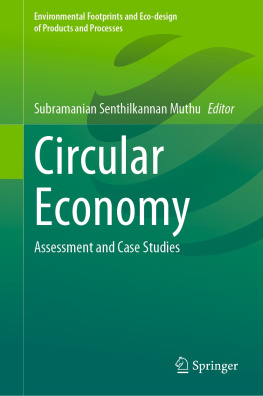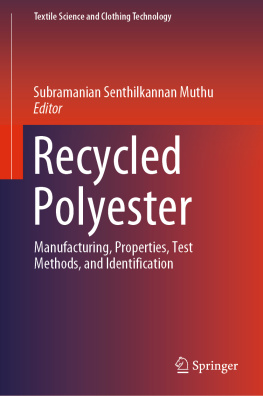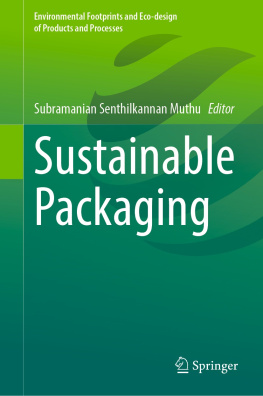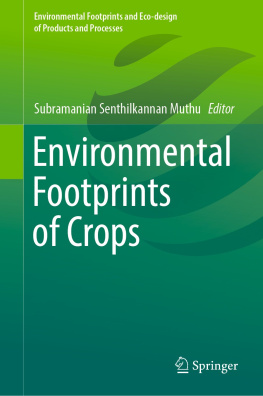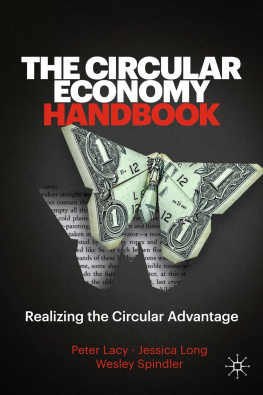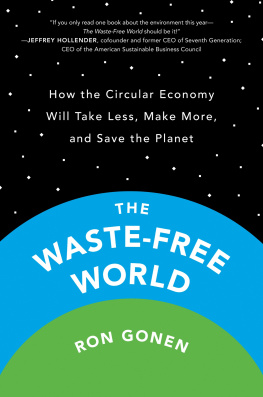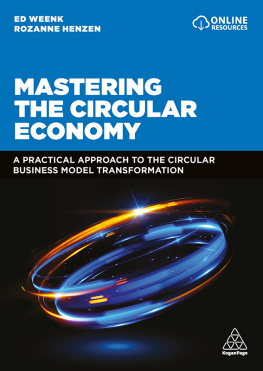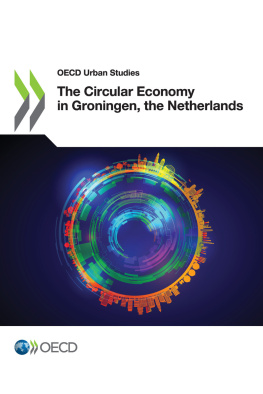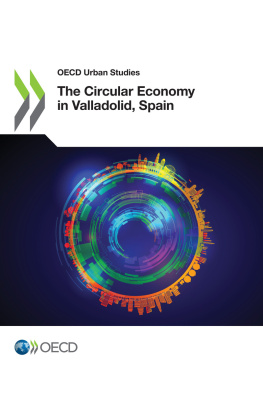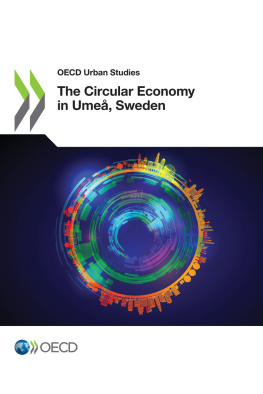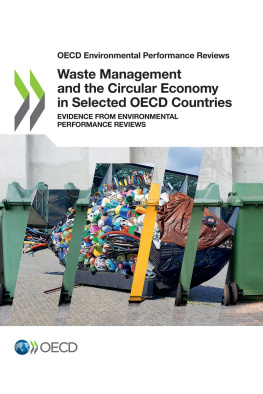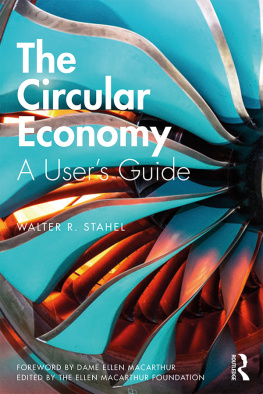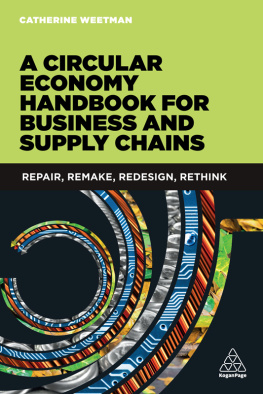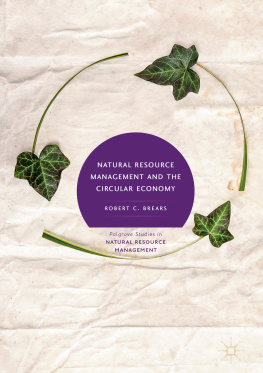Environmental Footprints and Eco-design of Products and Processes
Series Editor
Subramanian Senthilkannan Muthu
Head of Sustainability - SgT Group and API, Hong Kong, Kowloon, Hong Kong
Indexed by Scopus
This series aims to broadly cover all the aspects related to environmental assessment of products, development of environmental and ecological indicators and eco-design of various products and processes. Below are the areas fall under the aims and scope of this series, but not limited to: Environmental Life Cycle Assessment; Social Life Cycle Assessment; Organizational and Product Carbon Footprints; Ecological, Energy and Water Footprints; Life cycle costing; Environmental and sustainable indicators; Environmental impact assessment methods and tools; Eco-design (sustainable design) aspects and tools; Biodegradation studies; Recycling; Solid waste management; Environmental and social audits; Green Purchasing and tools; Product environmental footprints; Environmental management standards and regulations; Eco-labels; Green Claims and green washing; Assessment of sustainability aspects.
More information about this series at http://www.springer.com/series/13340
Editor
Subramanian Senthilkannan Muthu
Head of Sustainability, SgT and API, Kowloon, Hong Kong
ISSN 2345-7651 e-ISSN 2345-766X
Environmental Footprints and Eco-design of Products and Processes
ISBN 978-981-16-3697-4 e-ISBN 978-981-16-3698-1
https://doi.org/10.1007/978-981-16-3698-1
The Editor(s) (if applicable) and The Author(s), under exclusive license to Springer Nature Singapore Pte Ltd. 2021
This work is subject to copyright. All rights are solely and exclusively licensed by the Publisher, whether the whole or part of the material is concerned, specifically the rights of translation, reprinting, reuse of illustrations, recitation, broadcasting, reproduction on microfilms or in any other physical way, and transmission or information storage and retrieval, electronic adaptation, computer software, or by similar or dissimilar methodology now known or hereafter developed.
The use of general descriptive names, registered names, trademarks, service marks, etc. in this publication does not imply, even in the absence of a specific statement, that such names are exempt from the relevant protective laws and regulations and therefore free for general use.
The publisher, the authors and the editors are safe to assume that the advice and information in this book are believed to be true and accurate at the date of publication. Neither the publisher nor the authors or the editors give a warranty, expressed or implied, with respect to the material contained herein or for any errors or omissions that may have been made. The publisher remains neutral with regard to jurisdictional claims in published maps and institutional affiliations.
This Springer imprint is published by the registered company Springer Nature Singapore Pte Ltd.
The registered company address is: 152 Beach Road, #21-01/04 Gateway East, Singapore 189721, Singapore
About the Editor
Dr. Subramanian Senthilkannan Muthu
currently works for SgT Group as Head of Sustainability, based in Hong Kong. He earned his PhD from The Hong Kong Polytechnic University and is a renowned expert in the areas of environmental sustainability in textiles and clothing supply chain, product life cycle assessment (LCA), ecological footprint and product carbon footprint assessment (PCF) in various industrial sectors. He has five years of industrial experience in textile manufacturing, research and development and textile testing and over a decades of experience in life cycle assessment (LCA), and carbon and ecological footprint assessment of various consumer products. He has published more than 100 research publications, written numerous chapters and authored/edited over 100 books in the areas of carbon footprint, recycling, environmental assessment and environmental sustainability.
The Author(s), under exclusive license to Springer Nature Singapore Pte Ltd. 2021
S. S. Muthu (ed.) Circular Economy Environmental Footprints and Eco-design of Products and Processes https://doi.org/10.1007/978-981-16-3698-1_1
BrpExploring Paths to the Circular Economy
Sabrina Roy-Pelletier
(1)
HEC Montral, Montreal, Canada
Sabrina Roy-Pelletier
Email:
Abstract
Sherbrooke, Canada, October 2018A team of managers of BRP (Bombardier Recreational Products) attended a presentation on circular economy. The following day, they decided to explore the potential of the circular economy model for their product lines (see Appendix 1: Definition of circular economy). BRP defined itself as a company that creates innovative ways to moveon snow, water, on asphalt or dirteven in the air ( https://www.brp.com/en/about-brp.html , April 29 2019). Its portfolio of products included snowmobiles, watercraft, off-road vehicles, boats, pontoons, marine propulsion systems (motors), engines for karts, motorcycles and recreational aircrafts. Several of these outdoors, motor-driven vehicles had been criticized for their environmental and noise impacts. BRP had set sustainable development goals to address these challenges. RP management had set the goal to become the leader in sustainability practices and innovation in the powersports industry by 2020 (Corporate Social ResponibilityFiscal Year 2018 https://www.brp.com/content/dam/corpo/Global/Documents/csrdocuments/BRP_Overview%20GRI2018_EN_final.pdf , November 19, 2018). A lot had been achieved in sustainability per se in the last decade. However, evaluating these sustainable development achievements with the lens of circular economy needed to be done. The team had drafted several questions for this exploratory exercise. Among them: What relevant learning could be generated from the application of the lenses of circular strategies to business models, value chain, and operations? Based on this analysis which circular strategies should be prioritized? The team started this initial exploratory exercise aware that more information was needed to define implementation priorities.
Chapter/Case submitted to Muthu, S. S. et al. (forthcoming), Circular Economy-Assessment, Case Studies- Springer-Nature Publications
History
In 1922, Joseph-Armand Bombardier, a young mechanic from Valcourt, Quebec, designed the first tracked vehicle to travel on snow. In 1937, he patented the B7 snowmobile, his first major commercial success. The product was designed mainly for the very snowy streets of Quebec, which were not cleared at the time. The intention of this entrepreneur was to make it possible to travel in winter and reduce the isolation of Canadian rural communities.

